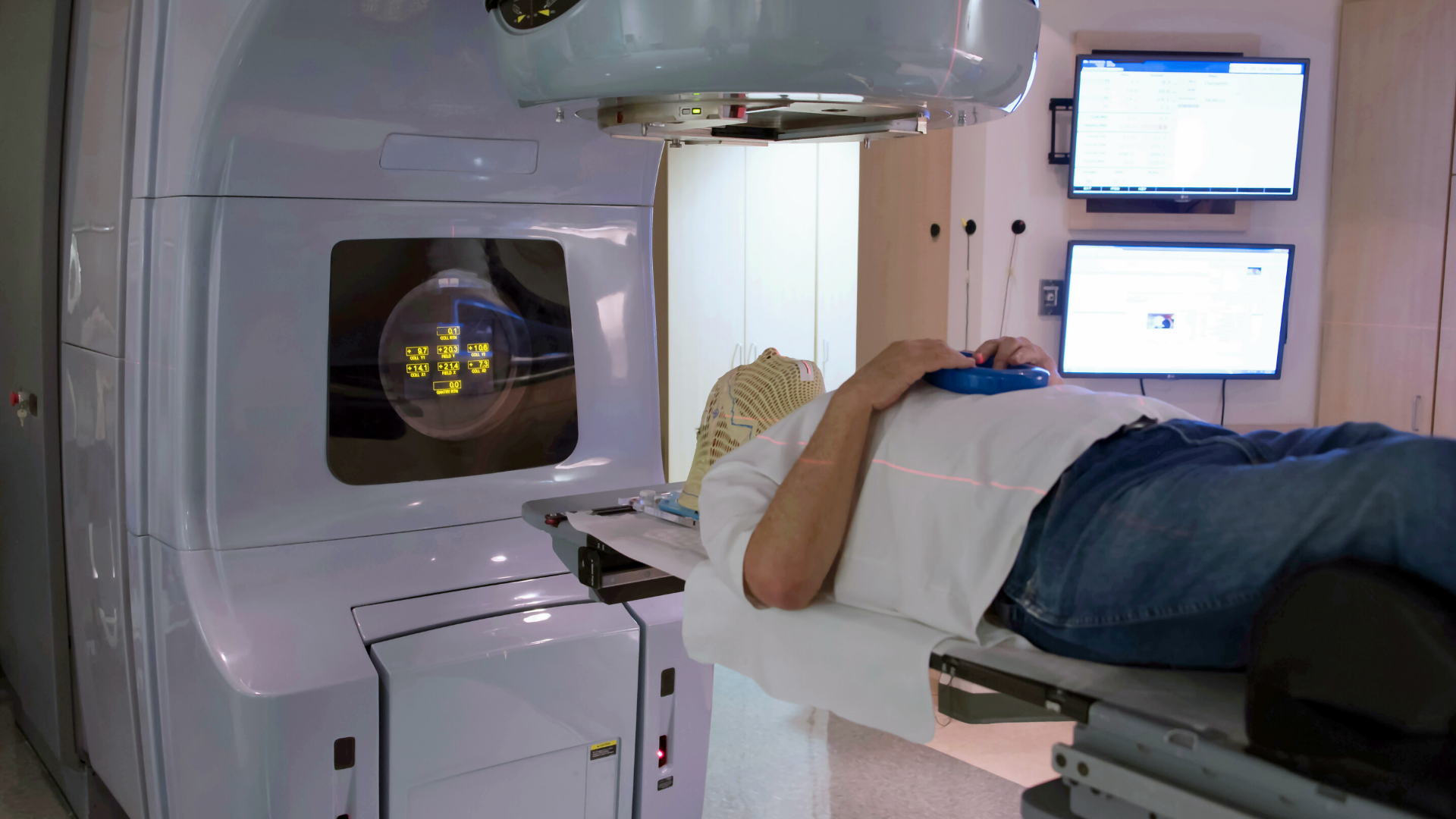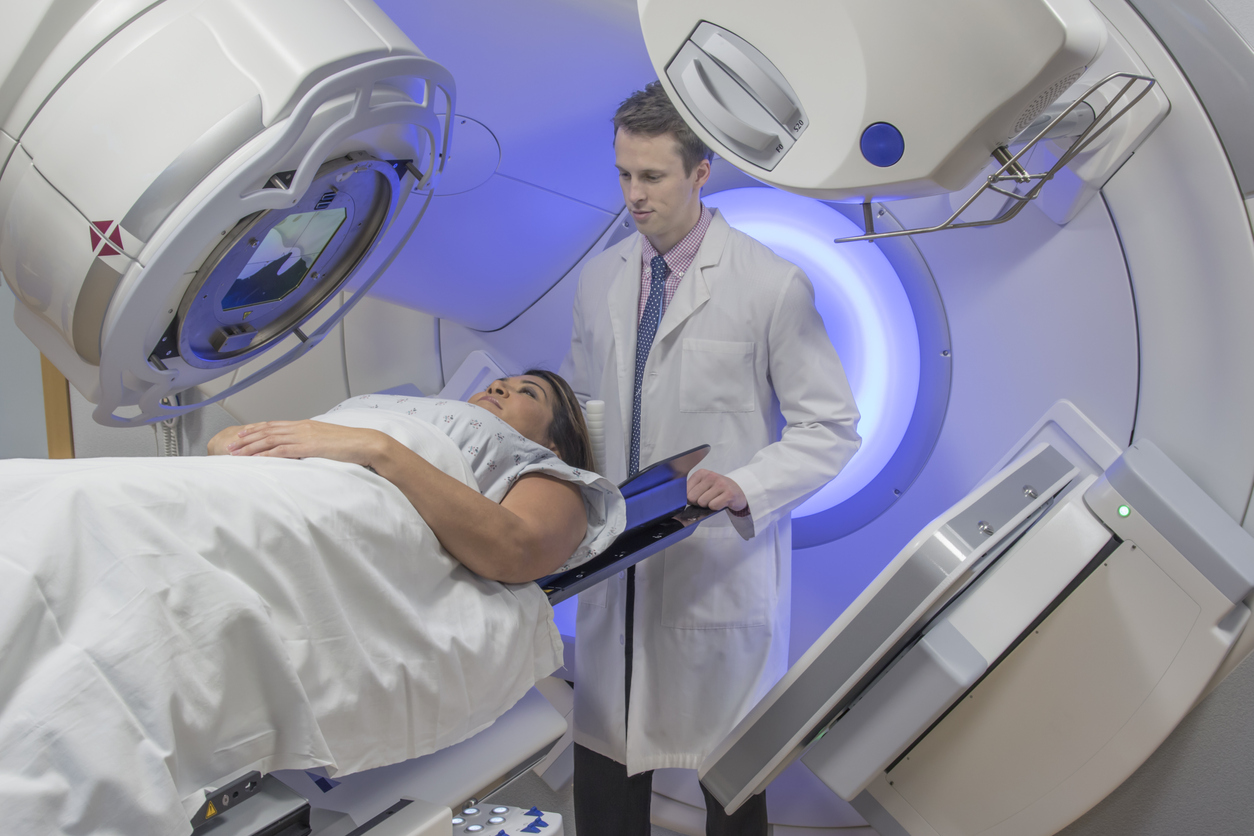Internal radiotherapy (brachytherapy)

This is where the radiation source is put inside your body, on or near your tumour. If you’re having brachytherapy after surgery to remove a tumour, the radiation source will be put in the area where the tumour was.
The radiation is sealed in an implant, which can be in the form of a seed or capsule. For most types of cancer you will have temporary implants.
Brachytherapy can be given as an outpatient (where you will go home after treatment) or inpatient (where you stay in hospital). It depends on the type of implant and the dose of radiation used.
Temporary implants
Putting in the implants
The implants are put into your body using thin wires or plastic tubes called applicators. The applicator can be placed directly into the tumour or put into a body cavity, for example the womb. If you’re having more than one treatment, the applicators may be left in place between treatments. Once the treatment is over the tubes are removed.
Getting treatment
You will be taken to a special room for treatment. The applicators will first be attached to a machine. When this machine is switched on it passes a small radioactive source into the applicator. You may hear this referred to as ‘afterloading’. What happens during treatment can vary depending on the location of your tumour and the dose you receive.
High-dose rate (HDR)
This means giving a high dose of radiation for a short time – so the implant will only be left in for a few minutes (20-30 minutes).
Low-dose rate (LDR)
This means the implants are left for a longer time (up to a few days), to give a lower dose of radiation over a longer period. You’ll normally stay in hospital until it’s time for the implants to be removed.
Permanent implants
These are mainly used to treat prostate cancer. Tiny radioactive ‘seeds’ are left in the body and lose their radiation gradually over time. We have more information on brachytherapy for prostate cancer.
With internal radiotherapy (brachytherapy) the radioactive source is usually put in your body under anaesthetic, so you shouldn't feel any pain.
For more information
Phone
1800 200 700


